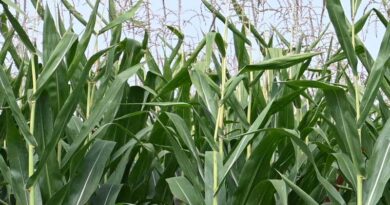Global food prices rise in July: FAO
06 August 2020, Rome – Global food prices continued rising for the second consecutive month in July, led by vegetable oils and dairy products, according to the benchmark United Nations report.
Read: Safeguarding Australia from seedy biosecurity risks
The Food and Agriculture Organization’s Food Price Index averaged 94.2 points in July, a 1.2 percent increase from June and nearly 1.0 percent higher than July 2019. The FAO Food Price Index tracks international prices of the most commonly traded food commodities.
The FAO Vegetable Oil Price Index increased 7.6 percent since June to reach a five-month high, with international quotations for the key oils rising amid, in the case of palm oil, likely production slowdowns, revived global import demand and protracted migrant labor shortages.
The FAO Dairy Price Index rose 3.5 percent in the month, with all products from butter and cheese to milk powders rising.
Read: China reports Fall Armyworm in corn growing areas
FAO Cereal Price Index
The FAO Cereal Price Index was practically unchanged from June, although maize and sorghum prices registered sharp increase – influenced by large purchases by China from the United States of America – while those of rice fell, reflecting prospects of large 2020 harvests. Wheat prices changed little amid slow trade activity.
The FAO Sugar Price Index rose 1.4 percent, as strong sugar crush numbers from Brazil only partly mitigated the effects of rising energy prices and the prospects of lower sugar production in Thailand due to a severe drought.
Read: UPL Limited expresses support to USDA for Agriculture Innovation
The FAO Meat Price Index, in contrast, declined by 1.8 percent in July and averaged 9.2 percent below its level of July 2019. Pig and bovine meat quotations both fell in the month as global import demand volumes remained below export availabilities, despite the coronavirus-induced disruptions to the industry in key exporting regions. Poultry meat prices increased, influenced by production cuts in Brazil triggered by high feed costs and concerns over future demand.















